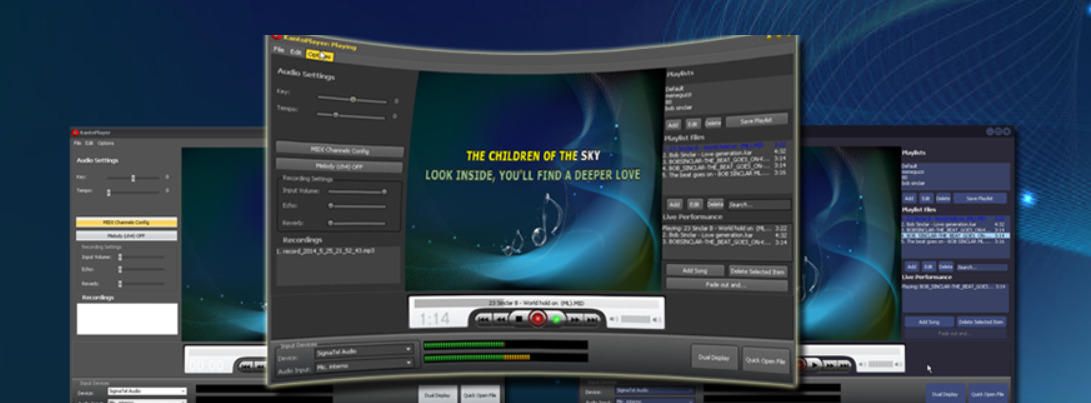

Unusual patterns in a stego image are suspicious. Hiding information within an electronic medium cause alterations of the medium properties that can result in some form of degradation or unusual characteristics. In these cases, try using the command view-source: url) in the address line of the browser. Sometimes a site disables the right-click or use of the menu function to find the source code.
#Outguess software download code
Frames: View the source code of each frame on a web page.For example, unusual options in markup tags can possibly hide clues. Structure: Most browsers ignore information provided in the source code that is not interpretable.Comments: The contents of a comment is viewable only in the source code of a page.Alternatively, one can also use the tab key to highlight all the clickable items on the page. The easiest way to find links on a page is to view the source and search for HREF=. Links: Links can be created without it being underlined, or change color when the mouse cursor moves over them.Non-text elements: Any graphic or media clip can contain hidden links or messages.The easiest way to detect this is to look for awkward sentence structures. Hidden message can also be placed into the general context of the web page. To reveal distortions in the text, view it in a word processor.

This will select all the text on the page. To find any invisible text, do a Control-A on the page. Small shift in word and line spacing may be difficult to visually detect. Text: Text information can be hidden by making it the same color as the background.Known-steganography attack: The carrier and steganography medium, as well as the steganography tool or algorithm, are known.įor example, there are several places on a webpage to hide information:.The goal in this attack is to determine corresponding patterns in the steganography medium that may point to the use of specific steganography tools or algorithms. Chosen-message attack: A known message and steganography tool (or algorithm) are used to create steganography media for future analysis and comparison.Chosen-steganography attack: The steganography medium and tool (or algorithm) are both known.Known-message attack: The hidden message is known.Known-carrier attack: The carrier, that is, the original cover, and steganography media are both available for analysis.Steganography-only attack: Only the steganography medium is available for analysis.An attack approach is dependent on what information is available to the steganalyst (the person who is attempting to detect steganography-based information streams). This is usually done with statistical analysis using advanced statistics techniques.Īttacks and analysis on hidden information may take several forms: detecting, extracting, and disabling or destroying hidden information. The steganalyst starts by reducing the set of suspect information streams to a subset of most likely altered information streams. Unlike cryptanalysis, where it is evident that intercepted encrypted data contains a message, steganalysis generally starts with several suspect information streams but uncertainty whether any of these contain hidden message. Unless it is possible to fully recover, decrypt and inspect the hidden data, often one has only a suspect information stream and cannot be sure that it is being used for transporting secret information.Some of the suspect signal or file may have noise or irrelevant data encoded into them (which can make analysis very time consuming).The hidden data, if any, may have been encrypted before inserted into the signal or file.The suspect information stream, such as a signal or a file, may or may not have hidden data encoded into them.The goal of steganalysis is to identify suspected information streams, determine whether or not they have hidden messages encoded into them, and, if possible, recover the hidden information. It is the art of discovering and rendering useless covert messages. Steganalysis is "the process of detecting steganography by looking at variances between bit patterns and unusually large file sizes". Steganalysis is a relatively new research discipline with few articles appearing before the late-1990s.


 0 kommentar(er)
0 kommentar(er)
